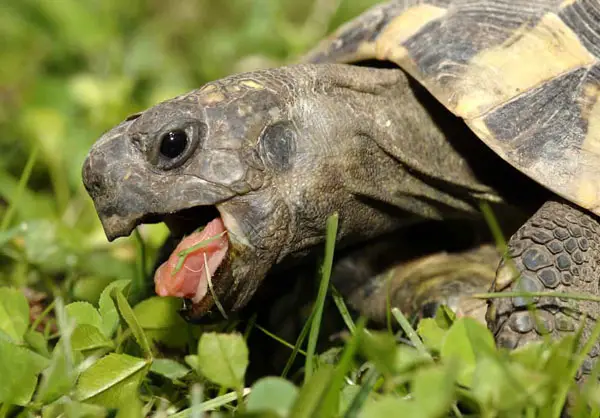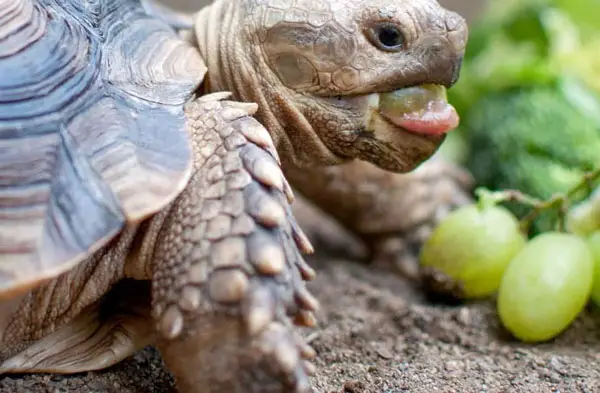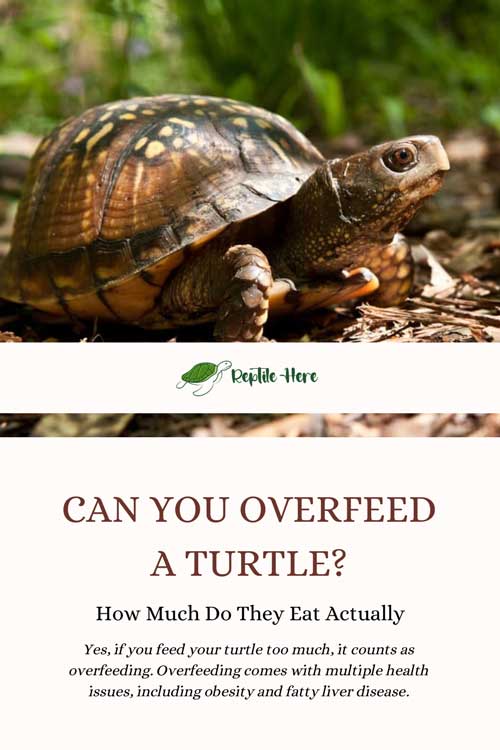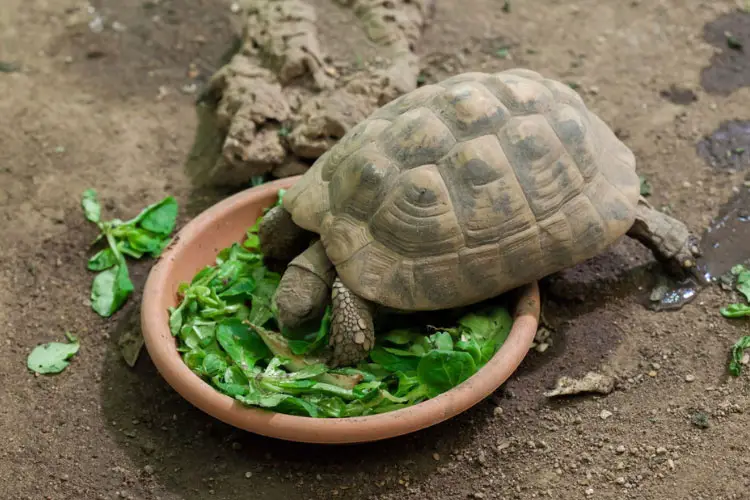Can You Overfeed a Turtle? How Much Do They Eat Actually
Most pet owners are oblivious to the turtle overfeeding matter. Among many pets kept at home, turtles seem to have an insatiable appetite. Most pet owners encourage this habit by overfeeding these pets.
Can you overfeed a turtle? Yes, if you feed your turtle too much, it counts as overfeeding. Overfeeding comes with multiple health issues, including obesity and fatty liver disease. Create a feeding plan and provide a moderate portion of the diet they consume.
Without the knowledge of the amount of food turtles consume, you put your pets at a great health risk. Continue reading for a comprehensive cover on this topic.
Can You Overfeed a Pet Turtle?
Contents
Yes, it is possible to overfeed a pet turtle.
Sometimes pet owners assume if their pets are eating healthy diets, the quantity doesn’t matter. However, they are wrong because healthy foods can also cause health issues if overfed. The worst case is if you overfeed them an imbalanced diet, it can lead to more health complications, including nutritional deficiencies.

Turtles are opportunistic when it comes to feeding. They will always appear hungry and eat anything you provide them. It’s a habit that wild turtles develop where they eat as much as they can when they find a food source. The following day if they are unsuccessful, they will have enough nutrients from previous meals.
Turtles will always appear hungry, especially whenever they see their owner. They believe whenever someone shows up, they come to bring food. As a careful owner, you must know how to respond in such situations. While ignoring your pet turtle may feel unfair, it is always the solution.
If you don’t learn how to ignore your fed turtle, you will overfeed it. Sometimes it may feed until it throws up, which will also trigger discomfort. In the worst case, it may lead to other health risks that you will learn about as you read on.
How Much Do They Actually Eat?
Feeding habits differ between species of turtles and across different ages. Aquatic turtles, for example, red-eared slider turtles, grow to sizes between 8 – 12 inches, while their babies are around an inch in diameter. On the other hand, spotted and musk turtles grow to diameters of about 3 to 5 inches. These differences mean the quantity of their diet should also contrast.
Most pet owners opt to give their pets a cup of dietary food each day. This is about 128g of commercial pellet food or other variety of foods. However, juvenile turtles using this method should eat daily, because they require much more food during this period.

Other turtle owners prefer serving the pet as much food as it can feed within 20 minutes. This method is acceptable for an adult turtle who can feed while skipping days. However, this method works best for pet turtles feeding on commercial turtle pellets, which are a more balanced diet.
Another method is measuring food the same size as their head. This method is best for baby turtles and juveniles who are harder to satisfy. Protein requirements for a juvenile turtle are around 46.48 percent which should be in their diet.
Also read: Can You Train A Turtle?
What Are the Risks of Overfeeding Turtles?
Sometimes pet owners will see fit to serve these captive turtles more treats as a way of bonding. However, there are many risks related to overfeeding these pets who will eat as long as you provide. The following are some of the risks of overfeeding these pets.

- Stomach problems – When a pet is overfed, its belly enlarges and pushes all other organs around it. This makes the pet very uncomfortable and raises the possibility of organ failure.
- Obesity – Most pets who are overfed wind up getting obese. Obesity is a condition where the pet gets overweight and has an excessive amount of body fat. Obese pets can develop heart diseases and sometimes get a stroke if this condition is left untreated.
- Fatty Liver Disease – Hepatic Lipidosis is an increase of fat in the pet’s liver. This disease is also associated with overfeeding your pet with fatty foods. Pets with this condition will sometimes get diarrhea, and their excretes will have color. This condition can take years to suggest if it goes long without treatment.
- Disrupted Activities – A fat turtle will have difficulty doing most of its daily activities. A normal-weight turtle will retract its legs into the shell comfortably, which becomes more difficult if they gain weight. Sometimes, overfed turtles will be lethargic and spend most of their day hibernating in their shell.
- Toxicity – Nutrients are aimed to help our pet’s bodies, which if fed excessively, can cause harm. Vitamin A is one of the nutrients turtles require, but if in excess can cause conditions like liver and kidney damage. Vitamin D permits calcium metabolism in turtles and, if taken in excess, can increase the calcium level in the blood.

If you find it hard to resist your pet turtle’s urge to feed, think about the above consequences. Also, you should have a feeding program for guidance. This is the best way to approach this matter, especially if your turtle is always begging for food. Most importantly, stick to the right feeding, depending on its age and species.
FAQ
As much as pet owners try, they often bend to their pets and do what they want. Turtle parents are one of them who find themselves feeding these pets more than they should. The questions on overfeeding and the amount these pets should take, accumulate daily, with some going unanswered. Below are frequently asked questions on these topics and their carefully researched answers.
If your turtle eats too much, it can develop several physical and health problems. An overfed turtle will become overweight and reduce most of its daily activities. Health wise, your pet will become obese, a condition that can cause a stroke. Creating a feeding routine and sticking to a certain quantity of food can help reduce these possibilities.
One of the quickest ways to know if you’re feeding your pet excessively is by checking its response after feeding. If overfed, a turtle will sometimes throw up and have bloated limbs. Also, you can estimate the amount of food they eat compared to their head sizes which should be the same. Reduce the amount the pets eat and study their response as a step to control the quantity they consume.
It’s not easy to know when your turtle needs food because of the behavior we’ve talked about. But, a genuinely hungry turtle will not settle, but roam endlessly. It will keep moving around and checking its feeding place even without seeing anyone. It may become more restless when you show up as it hopes for relief.
Related: Do Turtles Have Periods?
Outro
Just like other pets, turtles can be overfed. Overfeeding in turtles comes with multiple physical and health risks. Since they are opportunistic feeders, turtles will frequently appear hungry and beg you for more.
Most pet owners feel guilty if they can’t provide treats to their pet turtles every time they want. This is okay to keep the turtle healthy, active, and free from conditions brought by overfeeding. After reading this article, you should be more aware of overfeeding these pets while providing the actual amount they need.


